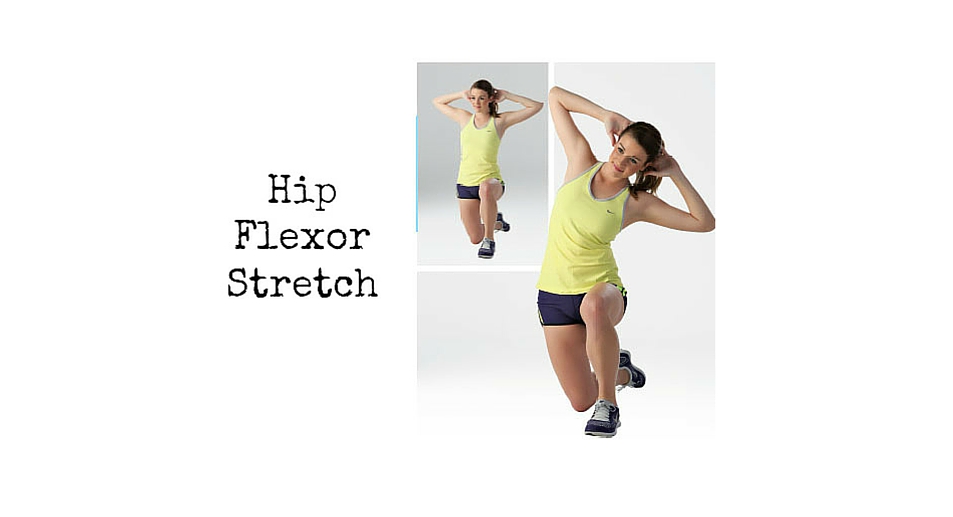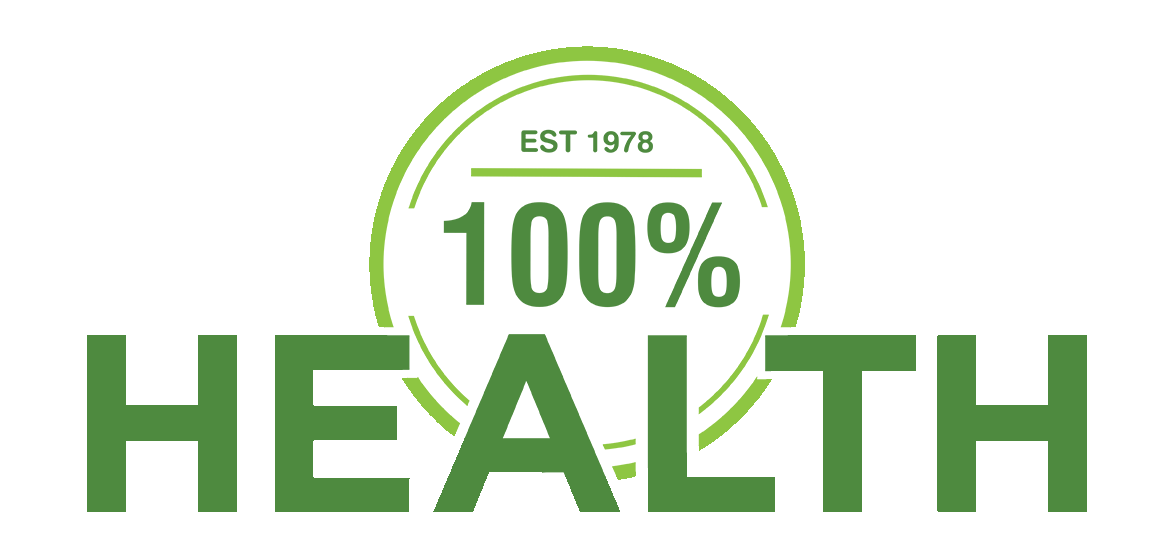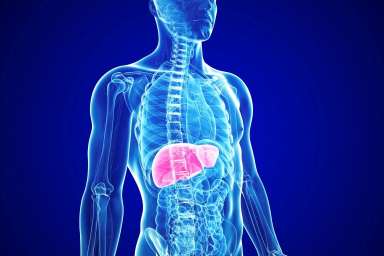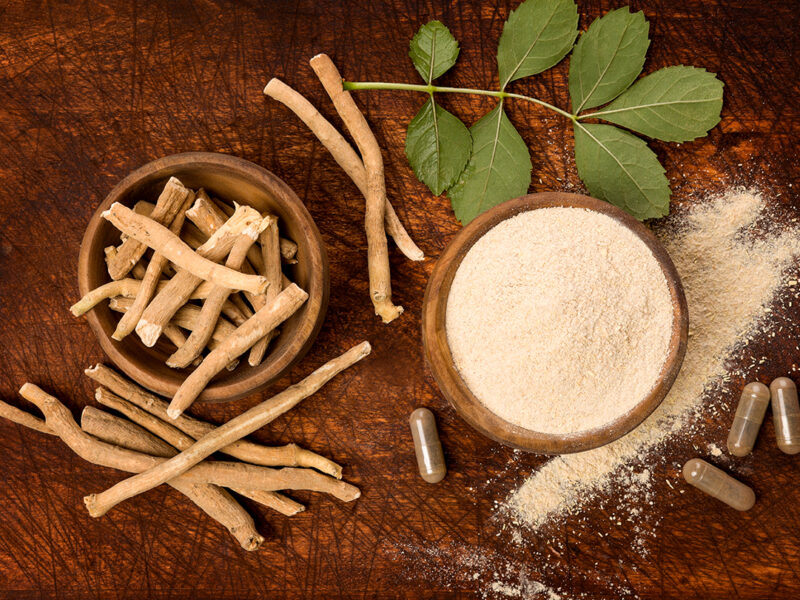
We were made to move, not sit!
Do you sit for long periods of time at a desk? Do you suffer from joint, back pain and anxiety? If so, then read on…
Isidro Da Mata, who works for the States’ GP Exercise Referral Scheme, also an Eating Psychology Coach, explains: ‘We are the most sophisticated piece of machinery that you will ever own but most of us do not know how to operate it the correct way. We were not made to sit all day, we were made to move. We have over 600 muscles in our body and I want to draw your attention to one that is perhaps the most primal for our survival – iliopsoas, the hip flexors. This muscle is more than likely ‘locked up and tight’ and is probably the key to eliminating joint and back pain, anxiety and one of the reasons we may be looking fatter than we actually are.
‘The freeing-up of this muscle can permanently boost your energy levels, immune system, sexual function, strength and athletic performance. You might think this little muscle is just another muscle, but our hip flexors pretty much control our fundamental ability to; move, sit, stand, reach, twist, bend, walk, step and control balance. All movement goes through the hips, and in case you’re still wondering why this particular muscle is so important, it’s because it is the only muscle in the human body that crosses and connects upper and lower body parts.’
Tight hip flexors cause a host of knock-on problems that compromise our health and day-to-day life experience:
• Joint pains (legs, lower back, hips, knees)
• Troubled sleep
• Tight hips (locking up)
• Circulation issues
• Digestive issues
• Compromised sexual performance
• Poor posture
• Walking discomfort
• Heightened anxiety
• Compromised immunity
• Sluggishness, low mood/energy
• Reduced explosiveness in gym or sports performance
‘The ‘psoas’ (pronounced so-az) is one of the two muscles that make up the iliopsoas (hip flexor) and affects nearly everyone, but not many of us realise the impact on the whole body experience. It helps create neutral pelvic alignment, stabilises the hips, supports the lumbar spine and abdomen, supports the organs in the pelvic and abdominal area and gives us greater mobility and core strength.
‘It’s easy to see that when the psoas functions well, we perform better. But without question the No.1 activity we do far too much of, for extended periods of time, that compromises who we are and what we’re about is SITTING! Chances are you may well be tight in this area if you spend a lot of time sat down at a desk most of the day. Add to that the fact that you drive home and then sit on the sofa for a number of hours a week, it all mounts up.’
Isidro recommends practising exercises that specifically target and loosen the hip flexors. These don’t need to take a long time, just some initial consistency until they free up.





